
Employee experience has proceeded employee engagement as the mainstream discussion point in HR technology. Theoretically, if you provide an optimal experience to employees, they will naturally be more engaged and remain in your organization considerably longer.
There are a plethora of benefits to using employee experience apps, such as improving productivity, fostering greater engagement and enhancing employee retention. Employee engagement and productivity are pivotal to the bottom line and boost retention. An improved work culture makes it seamless to hire and retain employees, keeping recruiting costs down and facilitating timely movement of talented individuals into prime positions. It can obviously also lead to a better customer experience.
Lets look at some of the Apps that may work as a wonder if you’re the kind of Boss care just as much for your employees:
1. HRIS
Your human resource information system (HRIS) – a.k.a, human resource management system (HRMS) -- is still one of your most important HR applications. It's where employees go to perform necessary HR tasks, albeit mostly on an occasional basis. Being able to perform tasks that some employees might consider mundane quickly and easily without reading a user manual might not wow employees, but it will definitely improve the overall employee experience. 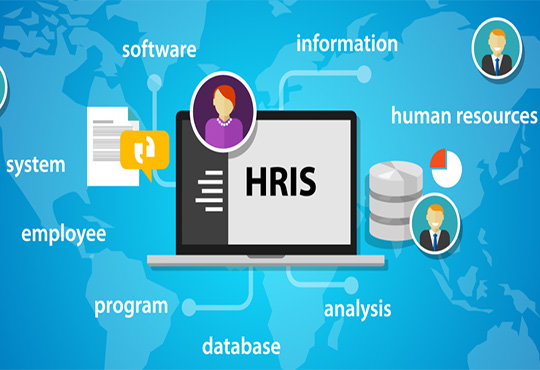
The HRIS functions employees tend to use the most are employee self-service, performance management and career development. Self-service activities include recording time worked, requesting vacation, viewing and electing benefits, changing employee data and viewing org charts. Most cloud HRISes also provide mobile apps that allow workers to perform self-service activities on the go. Popular vendors include ADP, Ceridian, Oracle, SAP SuccessFactors, UKG (formerly Ultimate Software) and Workday.
However, older HRISes might not include all of these features. For example, org charts are common in cloud HRIS products but typically aren't provided in legacy systems. In such cases, you might need to find an external application you can integrate into your HR landscape.
2. Collaboration
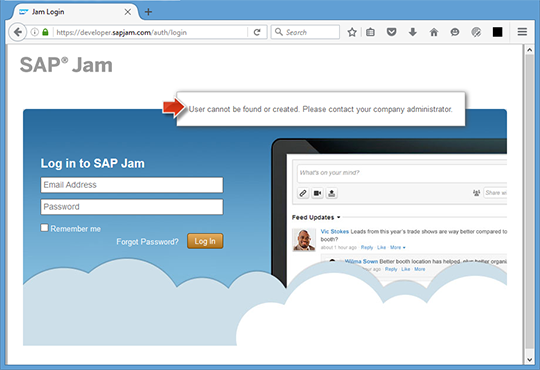
Modern collaboration tools, like Slack, SAP Jam, Trello and Facebook Workplace, offer employees a different way of collaborating on projects, initiatives, shared activities and more in real time without needing to be in the same place at the same time. In some cases, these tools can be integrated into your learning management system to add a social collaboration aspect to your training and learning programs.
Collaboration tools provide features such as groups, shared spaces, notifications, chats, repositories for documents and files, simultaneous editing of documents and commenting. They can enable teams -- particularly teams that are spread out geographically -- to track, manage and contribute to various projects and initiatives. Generally, when these types of applications are well implemented and work as intended, employees tend to feel the benefits and view their employer more favorably as using the latest technologies.
3. Experience management, surveys and feedback
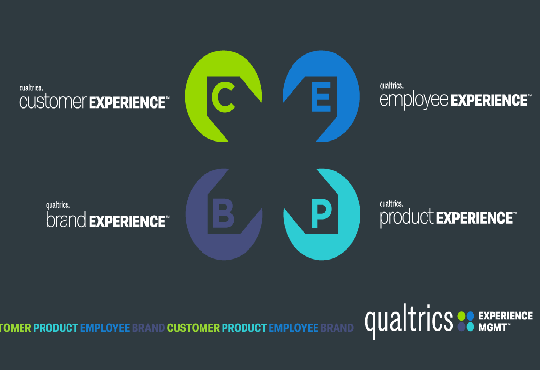
Experience management (XM) is a fairly new category of enterprise software. XM tools enable organizations to gather and evaluate employee feedback on the experience of customers, vendors, suppliers, employees and other stakeholders. They can use the feedback to craft the experiences of the various groups and optimize engagement and perception, ultimately increasing sales and profitability. Companies that use XM software to measure employee experience can use the data to optimize, enhance and generally improve employee experience and engagement. Qualtrics, in which SAP is the majority investor, is one of the leading providers of XM software, with Medallia seen as a growing competitor.
Some organizations use survey tools, such as SurveyMonkey and SoGoSurvey, to gather feedback from employees. These tools also provide reporting and data analysis that can help to measure employee satisfaction, experience and engagement.
4. Service management
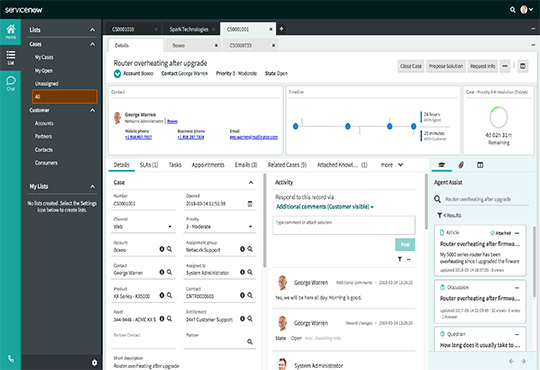
Most employees have to open some sort of a help desk ticket or seek out information on a process, problem or particular topic in their everyday jobs. While service management is more of an IT function than an HR one, these tools are increasingly crossing over into the HR realm, enabling employees to open tickets for HR-related issues. Some service delivery applications, such as ServiceNow, also integrate with HRISes. Effective ticket management and access to a well-organized knowledge base or information repository are certain ways to maintain a positive employee experience.
5. Intranet
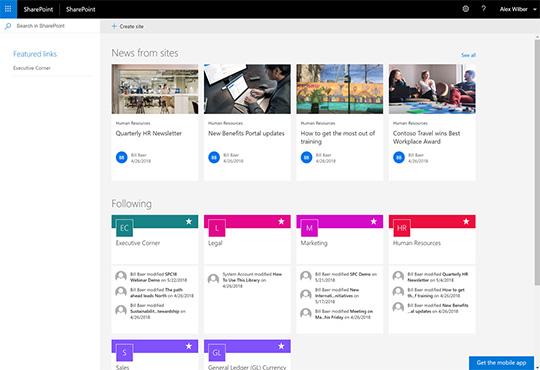
Although a little old-fashioned compared to current enterprise software, your intranet can still be a great place for employees to find information that can complement the experience provided by the other HR systems. Some companies can enhance employee experience by upgrading from a traditional web-based intranet to collaboration tools, like Microsoft SharePoint or SAP Jam.
6. Health and well-being
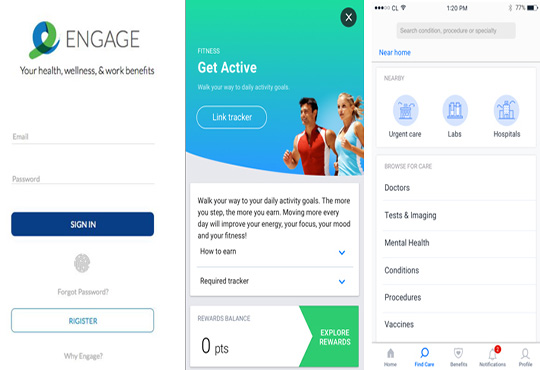
Another new trend in HR is technologies and strategies to improve health and overall well-being. If there's one way to improve not only the workplace experience of employees, but also their health and work-life balance, then this is it. Health and well-being applications cover a range of issues, such as sleep tracking, meditation and mindfulness, stress management, fitness and diet.
Specialized applications are available – such as VirginPulse, LimeAid and Castlight Health – and some HCM suites include health and well-being applications or integration to the more common applications.
7. Audio and video conferencing
While technically not an HR tool, audio and video conferencing software that doesn't work properly has a negative effect on your workforce and their perception of meetings. The same is true if the software has low functionality or lacks dial-in features, perhaps because the company wasn't willing to pay for them. On the other hand, conferencing software is an important enabler of collaboration, which itself often has a positive impact on employee experience. Zoom, Webex and GoToMeeting are some of the more popular audio and video conferencing platforms used in enterprises. Some organizations also use collaborative platforms like Microsoft Teams for their audio and video conferencing needs.







